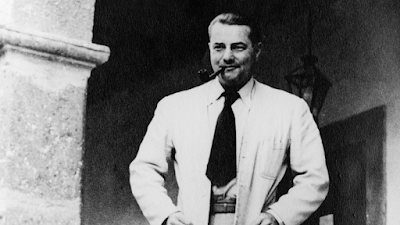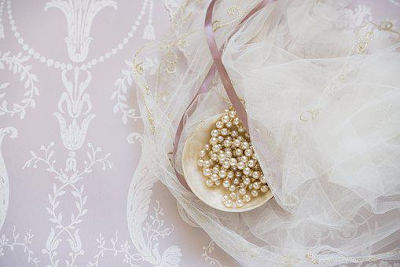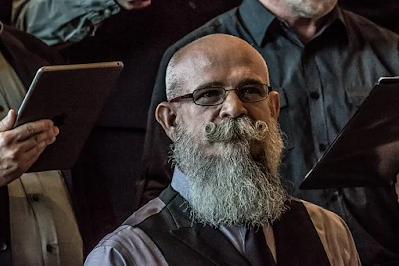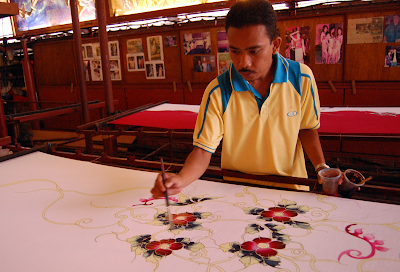Featured
- Get link
- X
- Other Apps
Georges Barbier
In the coastal city of Nantes, Georges Barbier (1882–1922) was born.
He was a French illustrator, painter, and theatrical designer.
Barbier's artistic sensibilities were influenced by the city's seventeenth- and eighteenth-century architecture as well as the art museum collections, which included works by Jean-Auguste-Dominique Ingres and Anthony Watteau.
He relocated to Paris as a young man and studied at the École des beaux-arts in the studio of academic history painter Jean-Paul Laurens between 1908 and 1910.
Though Laurens' topics surely encouraged Barbier's admiration for the past as a source of inspiration, his creative approach diverged dramatically from that of his instructor.
In the Louvre's galleries, Barbier came upon works of ancient antique art.
His representation of the human figure reveals his lasting appreciation for Greek and Etruscan vases, Tanagra figurines, and miniature Egyptian sculptures, which also reverberates throughout the purity and restraint of his graphic work.
He was inspired by the costumes of the Ballets Russes, which was established in Paris in 1909, and this can be seen in his sophisticated color sense and bold color application.
Barbier's drawings received instant popularity when they were initially shown at the Salon des Humoristes in 1911.
He thereafter contributed often to the Salon des Artistes Décorateurs.
Barbier was a well respected and productive artist with a refined aesthetic.
During the course of his brief career, he made contributions to the majority of the top French fashion magazines and annuals, illustrated a number of limited-edition deluxe publications of classic and contemporary French prose and poetry, and created costumes for stage productions like ballet, film, and revues like the Folies Bergère and the Casino de Paris.
Barbier also created designs for jewelry, glass, and wallpaper as a member of the Société des artisans décorateurs.
His comments on fashion also featured in La Gazette du bon ton and other periodicals.
At the height of his career, Barbier, one of the most well-known and respected artists of the second and third decades of the twentieth century, passed away in Paris in 1932.
Art Deco and Barbier.
Iris March, the protagonist of Michael Arlen's bestselling 1924 book The Green Hat, is likened to a woman in a Georges Barbier fashion illustration: "She stood carelessly like the ladies in Georges Barbier's almanacs, Falbalas et Fanfreluches, who know how to stand carelessly." Pour le sport, she stuffed her hands into the pockets of a light brown leather jacket (Steele, p. 247).
Barbier's figures are the epitome of the carefree elegance attributed to Arlen's persona, which is a key component of the perfect 1920s wardrobe.
Barbier's ladies represent the ideas of feminine beauty and elegance of the moment with their powerful but sinuous shapes and dark-lipped, somewhat exotic eyes.
Barbier's abilities were sought after by the editors and publishers of avant-garde fashion publications, starting with the groundbreaking and significant Le Journal des dames et des styles (1912–1914), founded by Lucien Vogel.
These publications presented the burgeoning art deco style, following the example of the designer Paul Poiret, whose cooperation with the painters Paul Iribe and Georges Lepape in 1908 and 1911, respectively, established the benchmark for a new, modernist presentation of fashion.
Barbier and his fellow artists (Lepape, Iribe, Bernard Boutet de Monvel, Pierre Brissaud, and Charles Martin, among others) produced strong, stylized drawings that expressed mood and atmosphere as opposed to realistic, minutely detailed portrayals of clothing.
These images were created using the time-consuming pochoir printing method, which involves hand-stenciling layers of gouache paint to add color.
In addition to Le Journal des dames, Barbier also made significant contributions to Vogue, Femina, La Vie parisienne, La Gazette du bien ton (1912–1925), Les Feuillets d'art (1919–1922), and Art goût beauté (1920–1933).
Barbier was also hired to provide illustrations for more specialist fashion magazines, including couturiers' books and almanacs like Falbalas et fanfreluches (1920–1923), Le Bonheur du jour (1920–1924), and Modes et façons d'aujourd'hui (1912–1923).
(1922–1926). Barbier's elegant and frequently witty illustrations for specific almanacs not only depict Parisian haute couture but also record the social scene and fashionable activities in endearing vignettes.
They are modeled after the early nineteenth-century publication Le Bon genre that chronicles the modes and lifestyle of the First Empire and the Bourbon restoration.
Costumes and set designs.
Although most people are aware with Barbier's fashion drawings, during his lifetime, his book illustrations and theatrical costume designs greatly contributed to his success and renown as an artist.
Critics and writers with whom he worked both agreed that Barbier had the ability to encapsulate a literary text's core and give it a visual expression.
His stage adaptations of historical costumes and settings (such as those from Edmond Rostand's Casanova and La Dernière nuit de Don Juan, Victor Hugo's Marion Delorme, and Maurice Donnay's Lysistrata) were praised for their imaginative evocation of a specific period and location rather than for being merely a scrupulous imitation or pastiche.
Barbier's passion for the exotic led to extravagant fantasy costumes for revue performers at well-known Parisian nightclubs that were beribboned, furred, feathered, and jeweled.
Legacy.
Albert Flament describes him as "One of the most precious and significant artists of our era.... When our times are lost... in the dust... some of his watercolours and drawings will be all that is necessary to resurrect the taste and the spirit of the years in which we have lived" in the preface to Personnages de comédie (1922), illustrated by Barbier (Ginsburg, p. 3).
Unquestionably, one of the greatest fashion illustrators of the early 20th century was Barbier.
Barbier was at the vanguard of the collaboration between art and fashion among the group of painters that included Lepape, Iribe, and Monvel and was called "The Knights of the Bracelet" by Vogue in 1922 (in allusion to their "dandyism... and love of luxury" [Barbier, p. 6]).
His exceptional drawing skills, eye for color, and capacity to inject new life into historical references combine to create works that are unmistakably art deco in their modernity.
Find Jai on Twitter | LinkedIn | Instagram
See also:
Art Nouveau and Art Deco; Fashion Illustrators; Fashion Magazines.
References And Further Reading:
Barbier, Georges. Art Deco Costumes. New York: Crescent Books, 1988.
Mackrell, Alice. An Illustrated History of Fashion: 500 Years of Fashion Illustration. New York: Costume and Fashion Press, 1997.
Steele, Valerie. Paris Fashion: A Cultural History. New York: Oxford University Press, 1988.
Vaudoyer, Jean-Louis, and Henri de Régnier. George Barbier: Étude Critique. Paris: Henry Babou, 1929.
Weill, Alain. Parisian Fashion: La Gazette du bon ton, 1912–1925. Paris: Bibliothèque de l’Image, 2000.
- Get link
- X
- Other Apps











